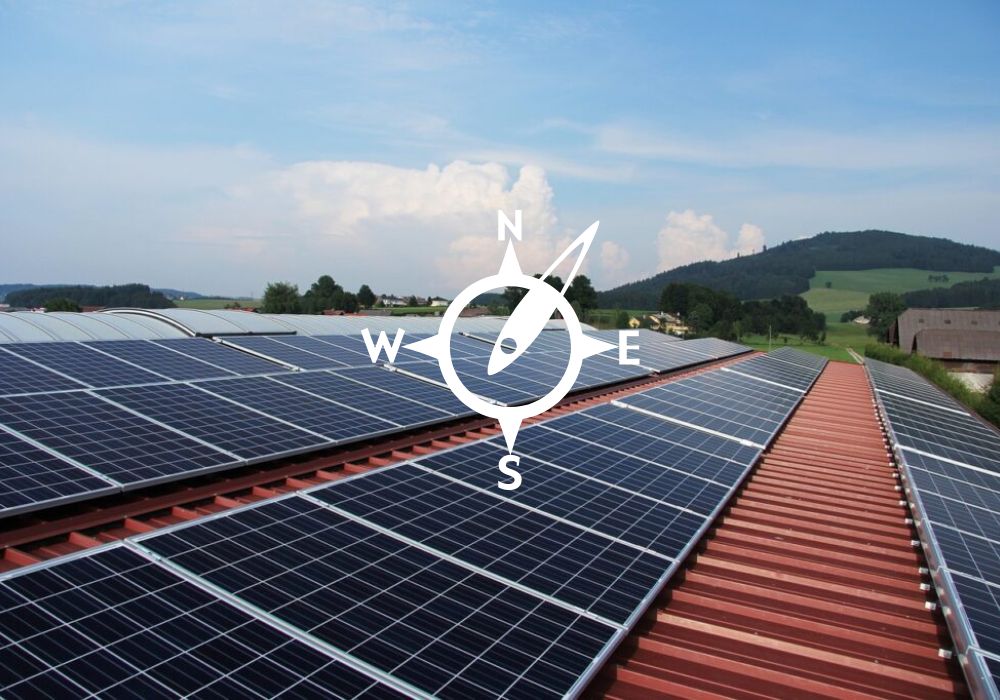If my panels are North facing
The performance of a 6.6kW solar system in Victoria, Australia can vary depending on several factors. The output of solar systems is typically affected by the amount of sunlight they receive, which in turn is influenced by factors such as weather conditions, time of day, and the position of the sun.
During summer, Victoria typically experiences longer days and higher levels of solar radiation, which means that solar panels generally produce more energy during this time of the year. Additionally, temperatures are usually warmer during summer, which can lead to a reduction in electrical resistance, improving the efficiency of solar panels.
However, it’s worth noting that the performance of a solar system is not solely determined by seasonal variations. Other factors such as shading, panel orientation, and the quality of the solar panels can also significantly affect performance.
In terms of the specifics of your system, north-facing panels are generally ideal for maximizing solar output in the southern hemisphere. A 5kW inverter is suitable for a 6.6kW solar system, as inverters should be sized to match the solar panel system’s maximum power output.
Based on the information provided, it’s difficult to estimate the exact performance of your solar system during summer. However, a general rule of thumb is that a 6.6kW solar system in Victoria can be expected to generate an average of around 24-28 kWh of electricity per day during summer, depending on the factors mentioned above.
Overall, a 6.6kW solar system can be a great investment for homeowners in Victoria, providing significant energy cost savings and reducing their carbon footprint. It’s essential to ensure that your solar system is installed correctly and maintained regularly to ensure optimal performance and longevity. Additionally, it’s always advisable to seek professional advice before making any solar-related decisions.
What if my panels are facing East / West
if you have east and west-facing panels, the performance of your solar system will be different than if you had solely north-facing panels.
East-facing panels will produce the most energy during the morning when the sun rises in the east. West-facing panels will produce the most energy in the late afternoon when the sun sets in the west.
While east and west-facing panels will produce less energy compared to north-facing panels during the day, the combination of east and west-facing panels can help to increase the overall energy production throughout the day. This is because the system will be able to produce energy for a longer duration of time, as the panels are able to capture energy during different parts of the day.
It’s worth noting that the exact energy output of a solar system with east and west-facing panels will depend on several factors, such as the orientation of the panels, shading, and weather conditions. However, the use of east and west-facing panels can be a good option for homeowners who want to maximize their solar energy production throughout the day, especially in areas with high levels of sunlight.
